What does it mean to shock a pool (or spa)?
Shocking water has three purposes:
- first to convert the used combined chlorine molecules to gas;
- second to kill harmful contaminants like viruses and bacteria;
- and lastly to kill algae.
As your pool (or spa) uses chlorine molecules to fight off contaminants, the used up molecules are converted to something called chloramines.
When there are chloramines in the water that means that the water isn’t being disinfected appropriately and it needs to be shocked.
You will see chloramines reflected in water tests as “combined chlorine” where the goal is to have <.2ppm combined chlorine.
This is measured by subtracting combined chlorine from total chlorine to give you an effective measurement of the free chlorine available to fight off germs.
Interesting Fact About Pool (or spa) Shock
- A strong odor of chlorine coming from your pool (or spa) means that you have a high level of combined chlorine (chloramines) and need to shock! You know that public pool smell…. the smell that you now know means the water isn’t being sanitized effectively and you shouldn’t swim in it.
- Non-chlorine shock is ineffective at killing algae and viruses. BUT – it oxidizes organics like sweat, leaves, skin cells, and sunscreen which algae and bacteria love to eat. That means it helps improve the efficiency of your chlorine by oxidizing the organics that would otherwise use up your free chlorine. It’s like a helping hand for chlorine.
What Form(s) Does Pool Shock Come In And How Do I Use It?
Shock comes in 2 different forms, liquid and granular. There are 3 chlorine-based shock options and one non-chlorine.
Liquid Chlorine (Sodium Hypochlorite) Shock
Typically comes in various concentrations from 3% – 12.5% and is packaged in 1-gallon jugs but can sometimes be purchased in large bulk quantities such as 5-gallon carboys or drums. Used for both indoor and outdoor applications. This can be used as general chlorine sanitizer to maintain chlorine levels and can be used to shock your water by using it to reach the breaking point and oxidize combined chlorine.

Pros of Liquid Chlorine
- Easy to apply.
- Contains no additives such as stabilizer or calcium.
Cons of Liquid Chlorine
- Shorter shelf life.
- Can damage clothing due to splashing.
- Takes longer for ppm to come down to safe levels.
- It is bulky, takes a lot of space, and handling can be inconvenient.
- Hassle of having to dispose of bulky jugs (look into refilling containers for environmental conservation).
Cal-Hypo (Calcium Hypochlorite)
Comes in granular form and can be used for both indoor and outdoor applications.
Pros of Cal-Hypo
- Easy to use.
- Does not contain a stabilizer.
- One of the most widely used forms of shock.
Cons of Cal-Hypo
- Very slow dissolving and can cause cloudiness if added directly into the water.
- Contains calcium so constant use will raise calcium hardness and cause cloudiness and scaling.
Di-Chlor (Sodium Dichloro-S-Triazinetrione)
Comes in granular form. Typically used for outdoor applications.
Pros of Di-Chlor
- pH neutral.
- Fast dissolving.
Cons of Di-Chlor
- Stabilizer can increase cyuranic acid concentration and reduce chlorine effectiveness more quickly.
Potassium monopersulfate
Comes in granular form. Typically used for outdoor applications and acts by oxidizing organic compounds.
Pros of Potassium monopersulfate
- Can swim as soon as it dissolves (within minutes).
Cons of Potassium monopersulfate
- More expensive than other forms of shock.
- Isn’t a sanitizer so it’s ineffective against algae, bacteria and viruses.
- May raise pH and Alkalinity over time.
Safety Information About Pool Shock
You should always read and follow all safety precautions on the product labels. Keeping your pool (or spa) safe means keeping yourself and others around you safe while maintaining your chemistry and your equipment. Some common recommendations include:
- Wearing protective gear such as gloves and eye protection.
- Store chemicals in ventilated areas and separate from one another to avoid chemical reactions from leaks.
- Do not mix chemicals.
See this informative video for some more great tips on pool chlorine safety

